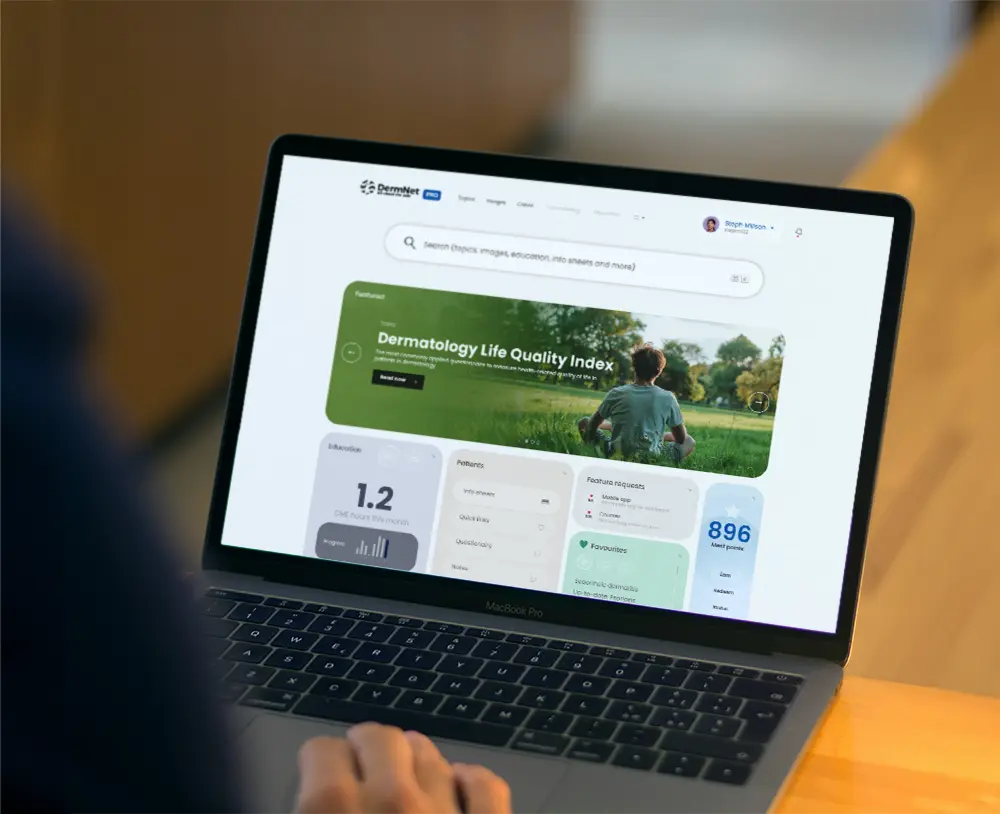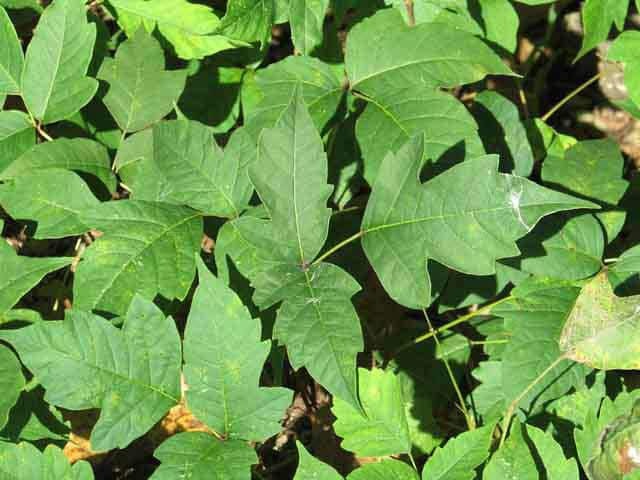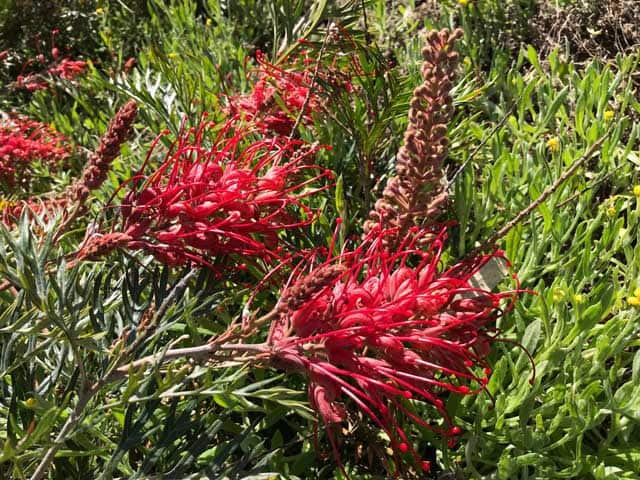Main menu
Common skin conditions

NEWS
Join DermNet PRO
Read more
Quick links
Authors: Created 1997. Updated: Hana Numan, Medical Writer, New Zealand. Copy edited by Gus Mitchell. October 2021
Introduction
Demographics
Causes
Clinical features
Complications
Diagnosis
Differential diagnoses
Treatment
Outcome
Plant dermatitis is an inflammation of the skin caused by topical contact with a plant or plant constituent.
Phytodermatitis is the formal medical name for plant dermatitis, and it may be an irritant contact dermatitis, allergic contact dermatitis, or phytophotodermatitis.
Contact urticaria and mechanical irritation can also be due to plants.

Poison ivy

Taraxacum officinale: dandelion

Grevillea Robyn Gordon
Plant dermatitis can affect anyone in contact with the specific plant component including the sap, bark, wood, leaf, stem, flower, pollen, or fruit. Exposure may be:

Rhus tree contact allergy: linear streaks on arm

Rhus tree contact allergy: linear vesicular reaction

Rhus tree contact allergy: facial swelling
Plant dermatitis should be suspected clinically on history and examination. Tests may be undertaken to clarify or confirm the diagnosis.
Plant dermatitis is usually self-limiting provided further contact with the implicated plant is avoided, although postinflammatory hyperpigmentation may persist for weeks or months. A true plant allergy persists lifelong.
Some forms of contact are unavoidable such as in airborne compositae allergy and a chronic photosensitive dermatitis may follow.